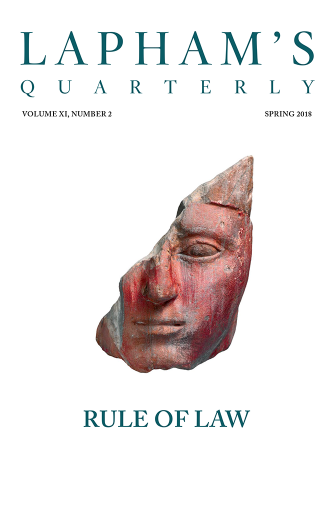The idea was that a first-class car ought to be a racer. I never really thought much of racing, but following the bicycle idea, the manufacturers had the notion that winning a race on a track told the public something about the merits of an automobile—although I can hardly imagine any test that would tell less.
But, as the others were doing it, I, too, had to do it. In 1903, with Tom Cooper, I built two cars solely for speed. They were quite alike. One we named the “999” and the other the “Arrow.” If an automobile were going to be known for speed, then I was going to make an automobile that would be known wherever speed was known. These were. I put in four great big cylinders giving 80 horsepower—which up to that time had been unheard of. The roar of those cylinders alone was enough to half-kill a man. There was only one seat. One life to a car was enough. I tried out the cars. Cooper tried out the cars. We let them out at full speed. I cannot quite describe the sensation. Going over Niagara Falls would have been but a pastime after a ride in one of them. I did not want to take the responsibility of racing the “999,” which we put up first—neither did Cooper. Cooper said he knew a man who lived on speed, that nothing could go too fast for him. He wired to Salt Lake City and on came a professional bicycle rider named Barney Oldfield. He had never driven a motorcar, but he liked the idea of trying it. He said he would try anything once.
It took us only a week to teach him how to drive. The man did not know what fear was. All that he had to learn was how to control the monster. Controlling the fastest car of today was nothing as compared to controlling that car. The steering wheel had not yet been thought of. All the previous cars that I had built simply had tillers. On this one I put a two-handed tiller, for holding the car in line required all the strength of a strong man. The race for which we were working was at three miles on the Grosse Point track. We kept our cars as a dark horse. We left the predictions to the others. The tracks then were not scientifically banked. It was not known how much speed a motorcar could develop. No one knew better than Oldfield what the turns meant, and as he took his seat, while I was cranking the car for the start, he remarked cheerily, “Well, this chariot may kill me, but they will say afterward that I was going like hell when she took me over the bank.”
And he did go … He never dared to look around. He did not shut off on the curves. He simply let that car go—and go it did. He was about half a mile ahead of the next man at the end of the race.
The “999” did what it was intended to do: it advertised the fact that I could build a fast motorcar. A week after the race, I formed the Ford Motor Company.
From My Life and Work. When Ford moved from a Michigan farm to Detroit in 1879 at the age of sixteen, two of every eight Americans lived in a city; when he died at the age of eighty-three in 1947, that number was up to five. Famous for saying, “History is more or less bunk,” Ford was admired by Adolf Hitler, who hung a photograph of the automobile tycoon in his office.
Back to Issue

